We all know that scientific exercise is good for our physical and mental health. However, if you exercise in the wrong way or at the wrong time, you are likely to reduce the effectiveness of exercise and even increase the risk of sports injuries.
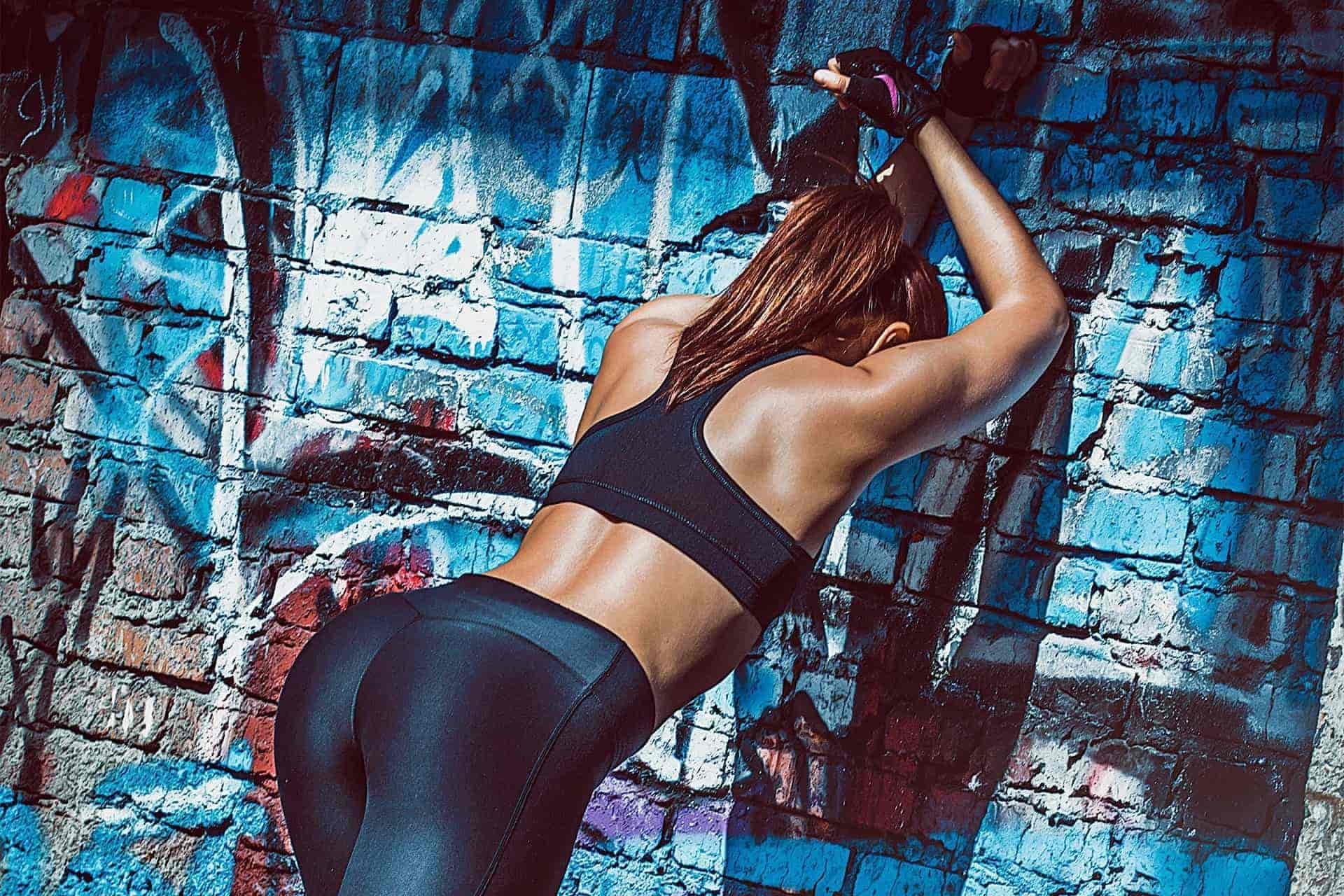
Myth 1
Morning exercise is better than evening exercise
In fact, in the morning, people's blood is sticky and the risk of thrombosis increases accordingly, which is the peak time for heart attacks.
On the contrary, dusk is the ideal time for physical exercise because the heart rate and blood pressure are most balanced at dusk, which is the most adaptable to the changes in heart rate and blood pressure during exercise; during dusk, people's physical strength, agility and coordination of movements are in the best condition.
In addition, it is also related to the current atmospheric environment. There is mostly mist or haze in the morning in cities, which has a bad effect on the respiratory tract of the elderly. Therefore, it should be better to practise in the evening than in the morning.
Myth 2
Exercise is only effective if you sweat
Sweating is a temporary phenomenon that shows the loss of water in the body as a result of cooling down. In addition, a large amount of sweat will take away potassium ions, sodium ions, salt and other substances in the body. For people with poor health, excessive sweating not only leads to dehydration, but also leads to excessive loss of electrolytes such as sodium and potassium, resulting in symptoms such as dizziness and abdominal pain.
In older people, the ageing of the skin can also lead to a slowing down of sweat gland production and a less responsive heat sensation. As a result, some older people may not experience sweating as profusely as they did when they were younger after a sufficient amount of exercise. In addition, exercise may also depend on the seasonal changes at the time. It is helpful to warm up before exercising to help the body adapt and it is not necessary to sweat until you do.
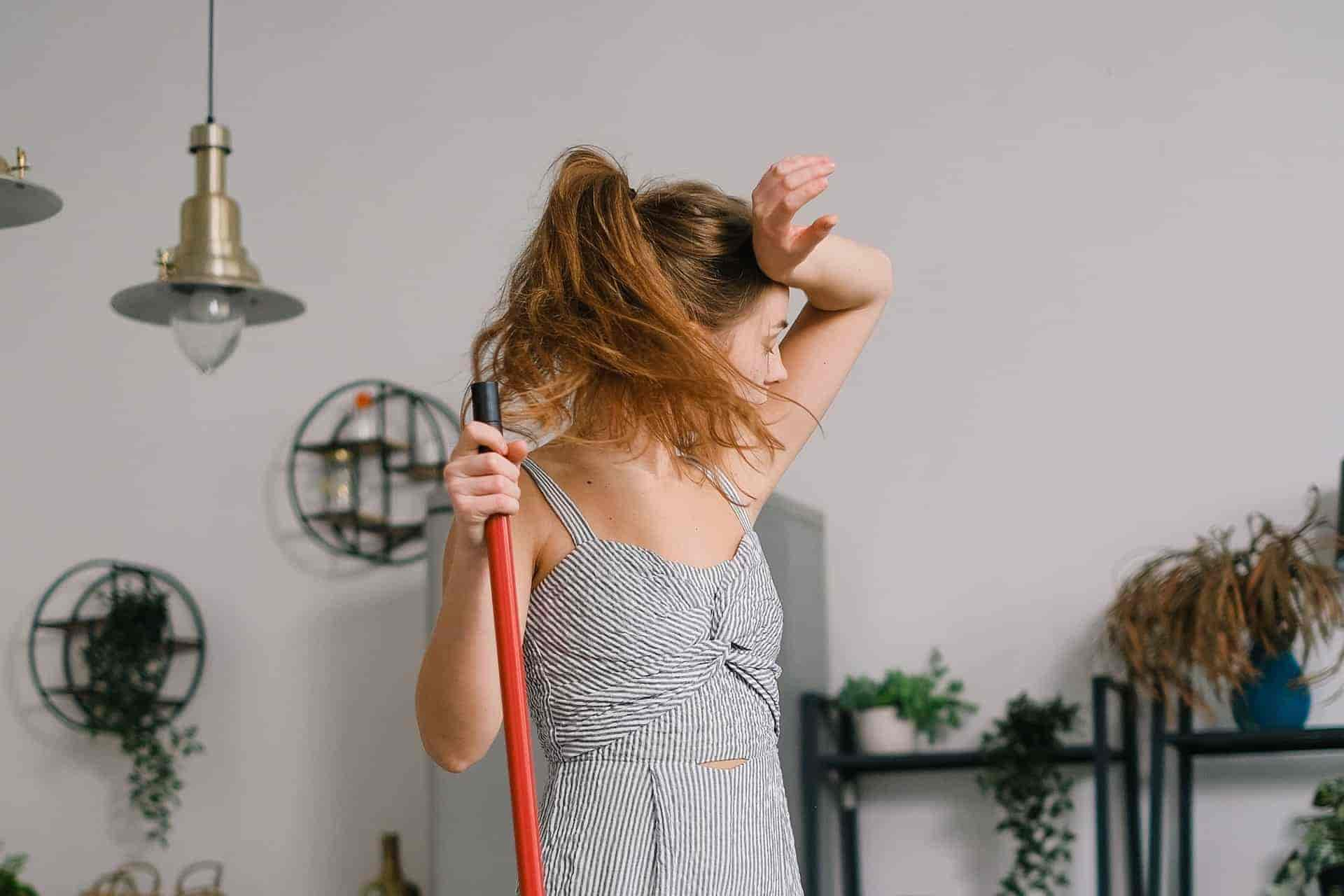
Myth 3
Wearing the same sports shoes for different sports
Some older people know that they need to wear sports shoes for exercise, as they are non-slip and comfortable. However, they do not know that they need to choose different sports shoes for different activities.
If older people like badminton, they should wear the appropriate badminton shoes; jogging shoes are available for jogging; this is due to the fact that professional sports shoes can be suitable for sports as well as do a good job of preventing possible sports injuries.
Older people should select sports shoes according to different criteria. They should focus on functionality, wear different shoes for different sports, and fit comfortably. The air cushion of sports shoes can prevent vibrations and reduce pressure on joints, giving a safe guarantee for sports.
Myth 4
Using an unsuitable form of exercise
Climbing stairs for exercise: Many older people climb stairs for exercise, which is not really suitable. This type of exercise can put a lot of stress on the knee joints of older people. By climbing stairs to exercise and repeating a movement, the amount of knee movement is artificially increased in the process, which increases the number of times the knee joint is subjected to wear and tear and the intensity of the pressure on the knee joint. The ageing of the elderly body and the wear and tear on the joints over the years, coupled with the fact that older people generally have varying degrees of osteoporosis, can easily lead to problems. If a fracture occurs as a result of an accidental fall, it is more than worth it.
Exercise with a shuttlecock: Elderly people with high body weight should also be aware that it is best not to play the shuttlecock. The shuttlecock mainly exercises lower limb muscle coordination and flexibility, and when exercising, the lower limb muscles such as the hip muscles, gluteals and lumbar muscles are fully involved. The lower limb strength of the elderly is not strong and reluctantly kicking the shuttlecock not only increases the burden on the knee joint, but may also result in muscle strains or even fractures.
Twisting Exercise: Older people with lumbar spine problems should try to avoid working out hard at the waist when exercising in the community. The fragile spine simply cannot withstand such tossing and turning. Not only will it not relieve back pain, twisting too much or too fast can strain the lumbar muscles and even cause spinal fractures.
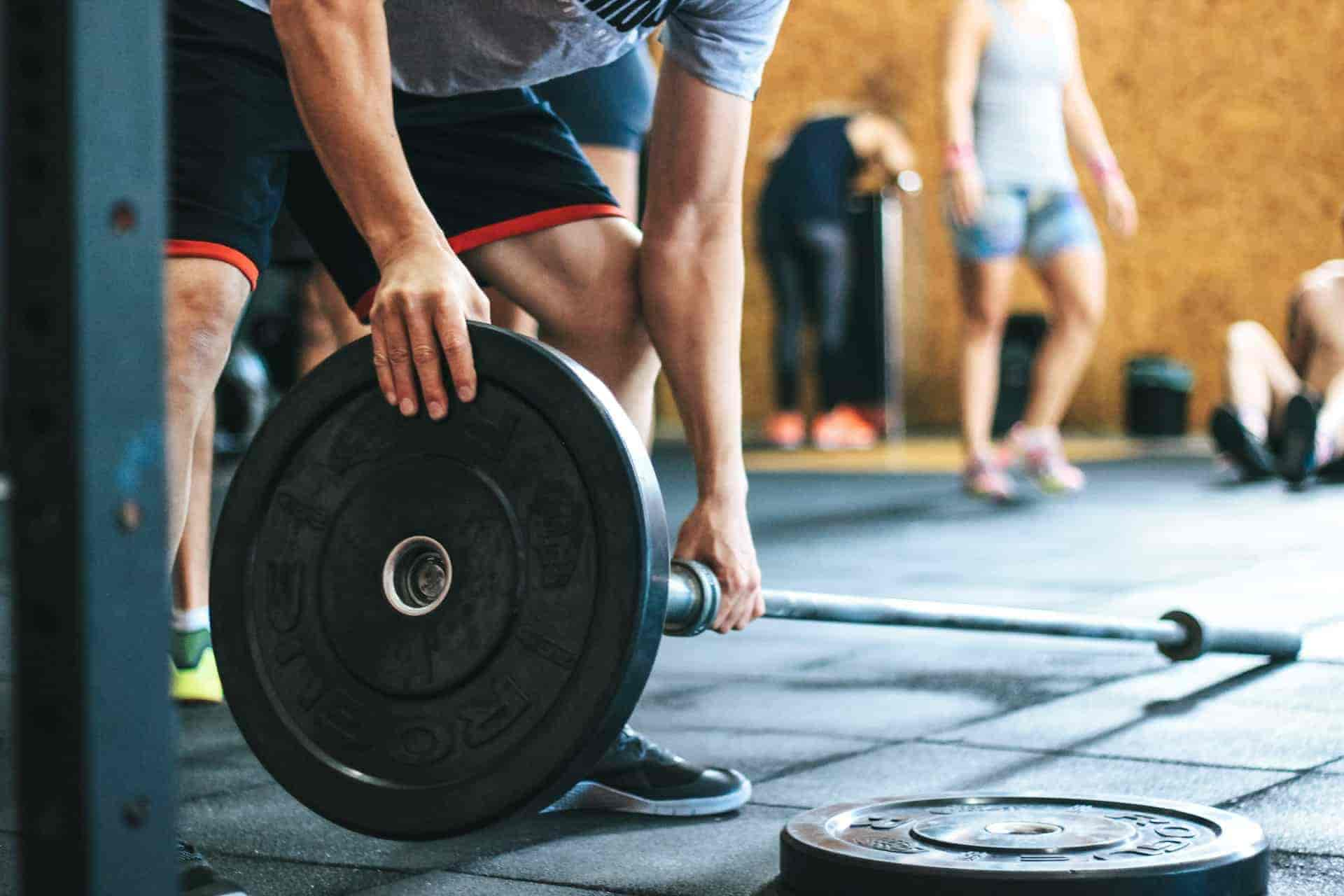
Myth 5
There are several groups of people who should not walk after meals.
① People with coronary heart disease and angina pectoris
Immediately after eating a large amount of exercise activities, may induce angina or even myocardial infarction. It is best to walk 1 hour after a meal, the time control in half an hour, pay attention to the pace is not too fast.
②People with chronic active gastritis and peptic ulcers
This is because "100 steps" after meals will increase gastrointestinal peristalsis, resulting in the stimulation of the stomach wall by the food eaten, which is not conducive to the repair of the gastric mucosa.
③People with anaemia and low blood pressure
A large amount of blood is concentrated in the stomach after a meal, and walking at this time is likely to cause relative ischemia in the brain, resulting in dizziness, dizziness and even fainting. Generally speaking, it is recommended that people with anaemia and low blood pressure can choose to get up early and walk for exercise.
④Patients with hypertension, cerebral arteriosclerosis and diabetes
These people should sit quietly with their eyes closed for 10-30 minutes after meals before moving, and it is best to keep your upper body straight when walking with high blood pressure, otherwise it may compress your chest and affect your heart function.
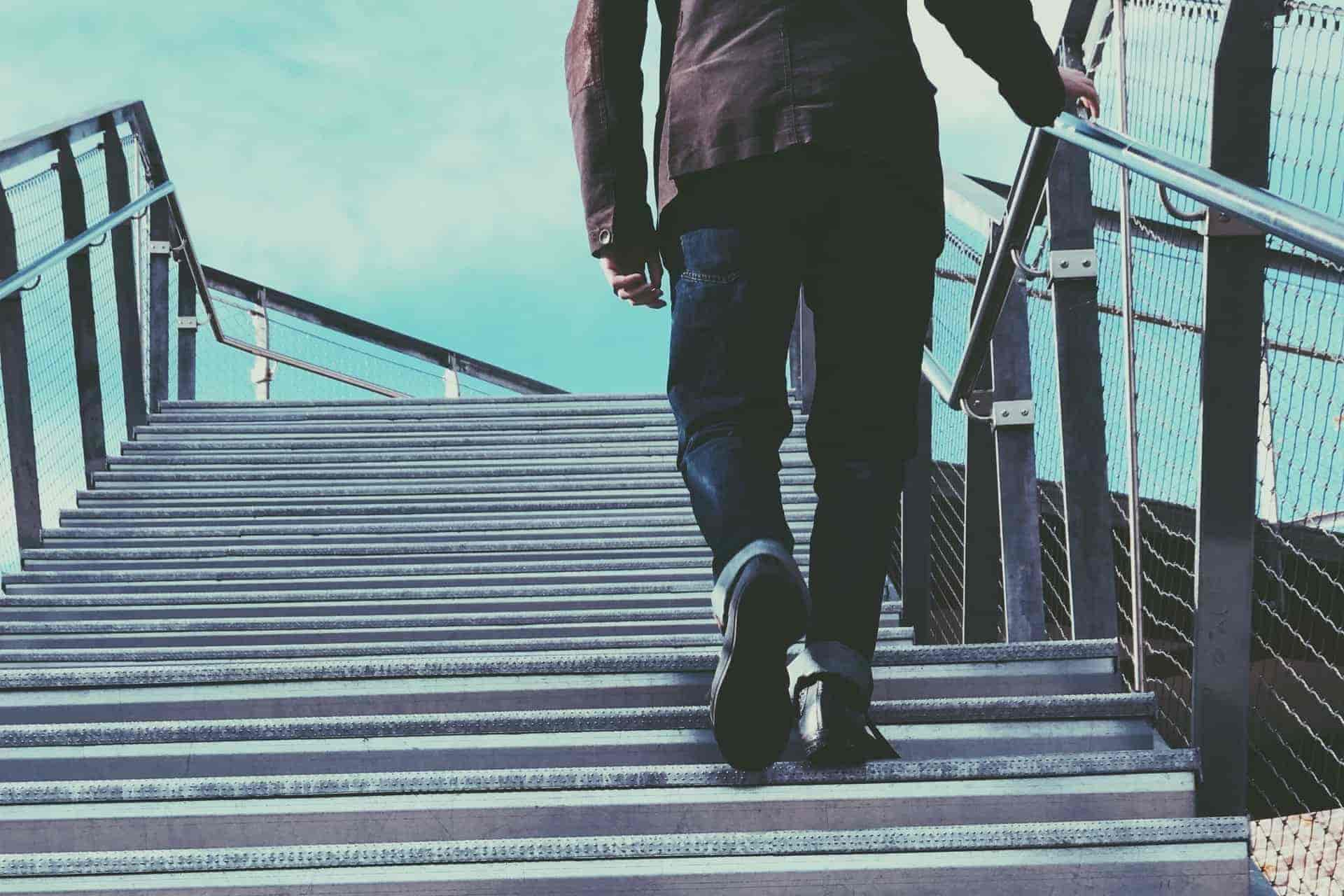
No matter what kind of exercise you like and what kind of exercise you are suitable for, it is actually closely related to your personal interest and physical condition, and of course, don't force your body!
Popular Articles
-
Fried Shrimp with Asparagus

-
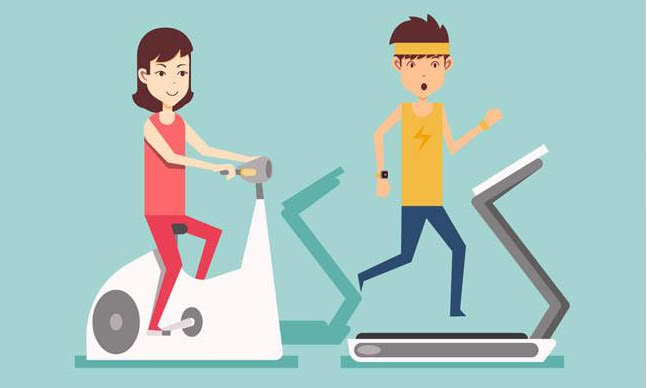 Treadmill PK elliptical machine, which is more fat burning?
Treadmill PK elliptical machine, which is more fat burning?Apr 11, 2025
-
 Simplicity, comfort and a sense of security are the only truths of home
Simplicity, comfort and a sense of security are the only truths of homeApr 11, 2025
-
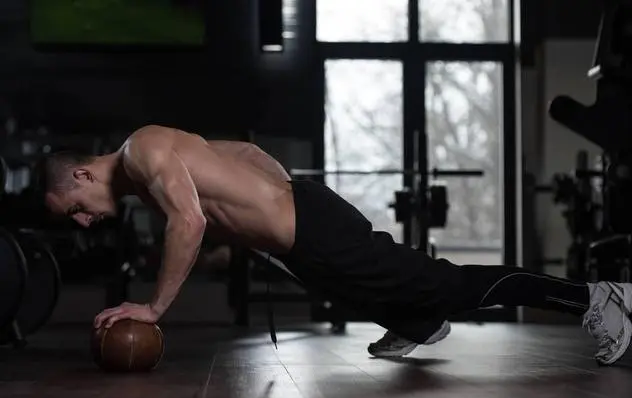 A few golden fitness moves to boost muscle dimension and create a good-looking body line
A few golden fitness moves to boost muscle dimension and create a good-looking body lineApr 11, 2025
-
 The world's hottest and coldest places
The world's hottest and coldest placesApr 11, 2025
-
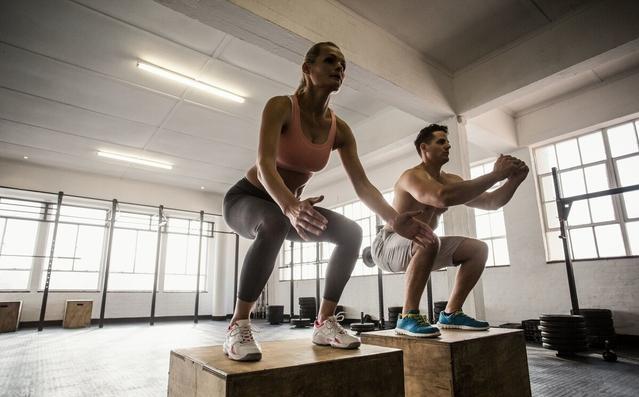 A few recognized rules of muscle building for fast muscle dimension
A few recognized rules of muscle building for fast muscle dimensionApr 11, 2025







Comments
0